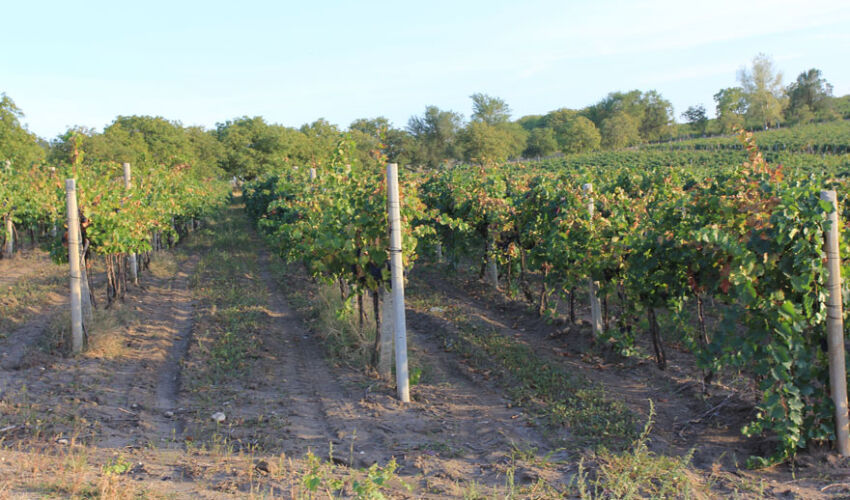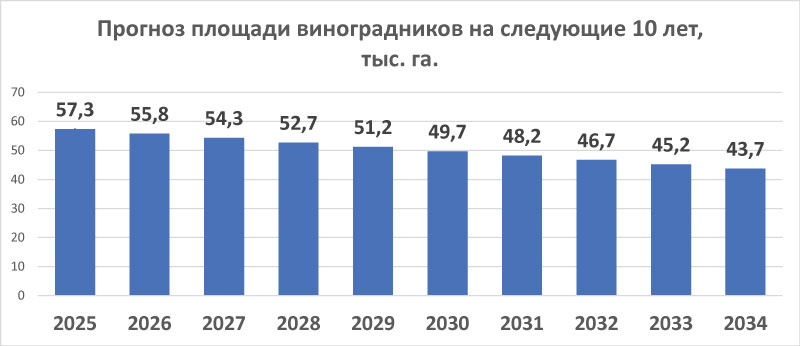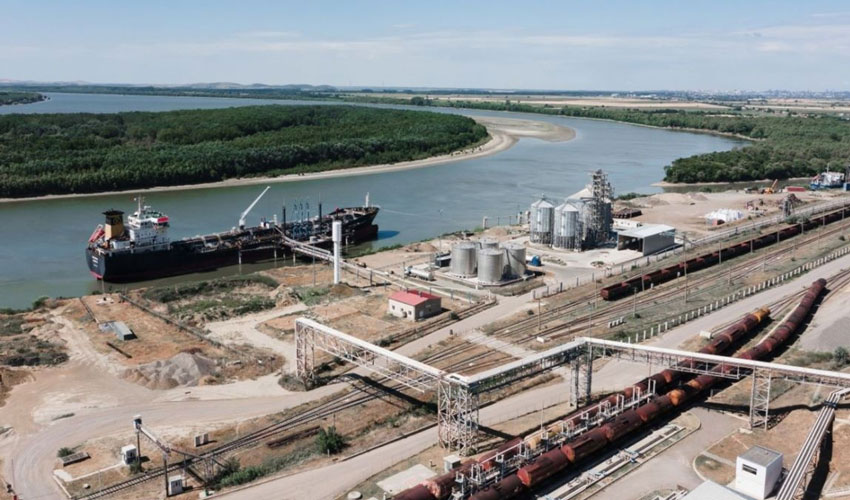
According to Stefan Yamandi, Director of the National Bureau of Vine and Wine, at the national conference on the results of the industry in 2024, the area under commercial vineyards of wine varieties decreases annually by an average of 1.9 thousand hectares, or 3%. With such dynamics, in ten years, vine plantations will occupy only 43.7 thousand hectares.
The age structure of these plantations is also quite alarming. Out of a total area of 47.7 thousand hectares of vineyards of technical varieties registered in the grape and wine register (RVV), plantations up to 15 years old account for only 19%. Plantations older than 31 years occupy 23 thousand hectares – almost half. In other words, very few industrial vineyards are planted in Moldova. However, mostly unproductive plantations are actively cleared.
From 2014 to 2024, a total of 3878 hectares of vineyards were planted, and 20527 hectares were cut down. That is, for one planted hectare of vineyards, on average over the last ten years there are 5.3 hectares of clearcuts.

Over the last five years, the area of vineyards disappearing under the axe has decreased after peaking in 2019 (4429 hectares). In 2023, 1173 hectares of plantations were excavated and 173 hectares were planted. In 2024, 1,794 ha and 260 ha, respectively. With the establishment of new plantations of 200 hectares per year, it is impossible to cover the negative trend of reducing the total area of vineyards.
The situation can only improve with increased government support in the form of subsidies. It is especially necessary to expand plantings of local varieties. In particular, vineyards of autochthonous varieties are registered 1775 ha, and new varieties of Moldovan selection – 1453 ha.
At present, not all plantations have been included in the grape and wine register yet. The difference between the data of the NBS and the register is 11 thousand hectares. Compared to previous years, the replenishment of this database occurs at the expense of very small owners. Thus, one and a half thousand submitted applications for registration covered a total area of 200 ha of plantings, i.e. 0.13 ha on average.
Vitalie Ivanov, who is responsible for keeping the register at the NBVIV, reminded that all commercial vineyards of technical and table varieties, with an area of 0.1 ha and more, must be registered (free of charge). The exception is the plots from which the grown crop is used only for household consumption.
The registration of vineyards is necessary for their owners to be able to receive subsidies (for planting, modernization, cutting). In order to legally sell the grown crop of grapes, information about the plantation must be in the database of the register. In addition, the traceability and transparency provided by the RVV facilitates the access of Moldovan wine products to international markets.













